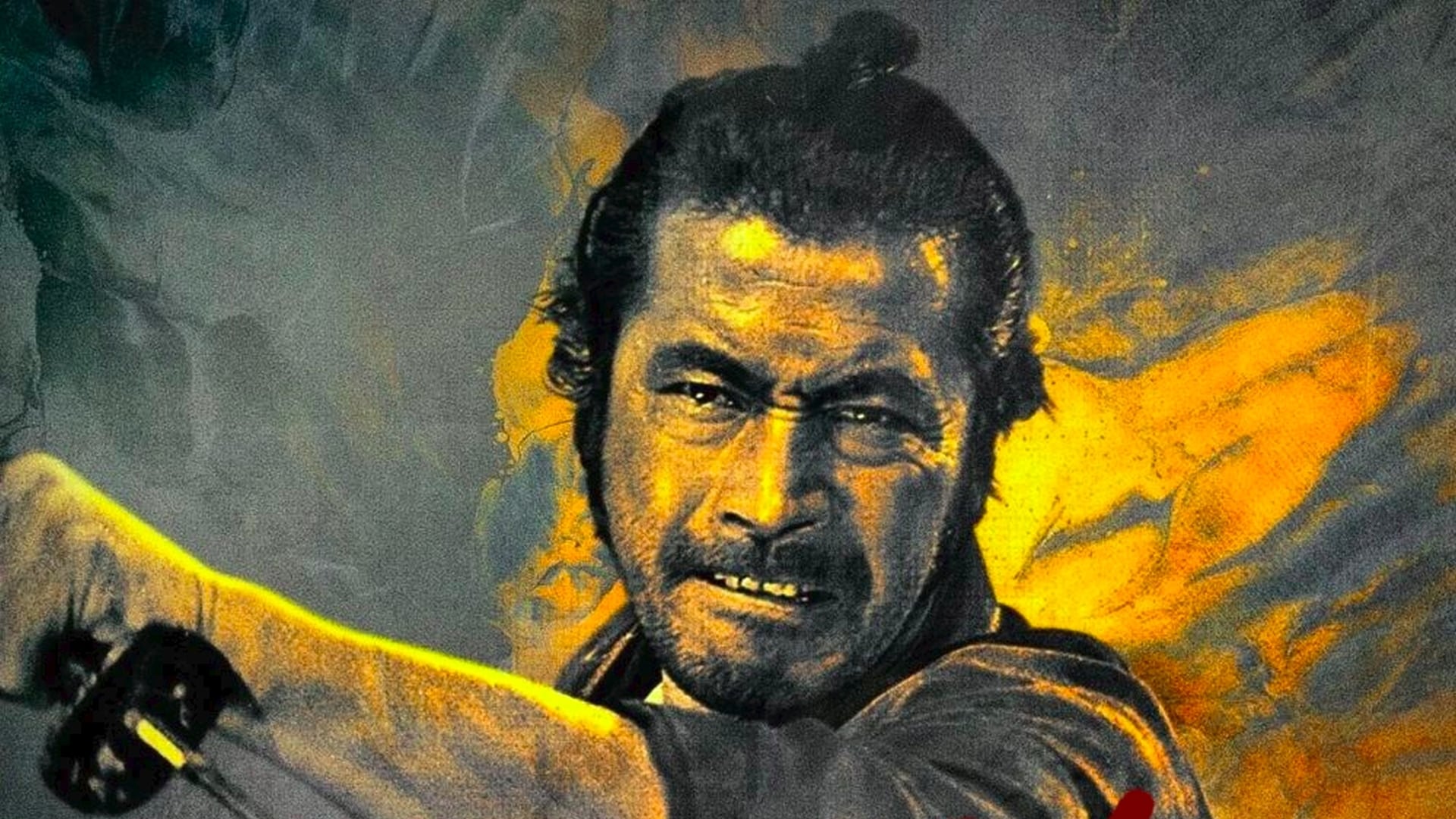

10 Highest-Rated Movie Remakes of All Time To save you time sifting through bad releases, here’s the highest-rated remake list we curated featuring equally good and only successful redos (if not far superior) compared to original versions. And though most deserve our moans and groans, now and again, gems emerge amidst duds. It’s all part of the cyclical nature of cinema, which has seen plenty of examples throughout history-from Robin Hood to Romeo + Juliet. Nonetheless, film studios seem to keep doing so regardless due to their potential profitability, even amongst skeptic audiences. Nothing is more cringe-worthy for fans of certain movies than seeing an unsuccessful Hollywood reboot or remake. Related: 18 Best Thriller Movies (Ranked by IMDb Votes) Each of these remake films has built on what made them classics in the first place and created something just as good, if not better, than before. So we’re taking a look at the ten best movie remakes ever.

With cool music, a cool anti-hero, a fun script, and a visually spectacular canvas of an image, painted by the eye of an artist (it is said that Kurosawa storyboarded his movies in full-scale paintings), Yojimbo is one of the coolest movies ever made.Movies that get remade don’t always live up to their originals, but some have second-time-around successes. But still, both Yojimbo and Fistful are iconic movies, and very cool movies. Despite the massive influence of Fistfull of Dollars, it pales in comparison to both its predecessor Yojimbo, and its sequals, For a Few Dollars More and The Good the Bad and the Ugly. In 1964, Sergio Leone transposed the screenplay of Yojimbo (nearly word for word) to the spanish desert, and he brought along a young television actor named Clint Eastwood, and together they revolutionised the western with Fistfull of Dollars, and created an entire genre, the Spaghetti Western, which sported among its attributes a gritty, desolate landscape, and a cynical, postmodern lack-of-values ideology (traditional American westerns had quite plush landscapes and were always black and white (good and evil) in their value system. In 1961, Akira Kurosawa transposed this story to medieval Japan, after the fall of a dynasty, where a Samurai finds himself with no place to go (at the beginning, we see him throw a branch up in the air and walk the direction it falls), and no master to serve. Dashiell Hammett, an American, wrote a novel with an American private eye as the stranger. Actually, the history of the story of the lone wolf, the wanderer with a weapon, who rides into town to play off two warring factions against each other - is quite a story itself. Yojimbo is one of the latter - inspired by the Dashiell Hammet novel Red Harvest (Hammett's novel The Maltese Falcon was put onscreen moment for moment by John Huston in the movie of the same name which immortalised Humphrey Bogart). He based many of his movies on Western texts, like Shakespeare, Dostoyevsky, or American gangster fiction and film. Sure, they are rife with Japanese values (i am told), but Kurosawa had a great appreciation of Western culture. If you have it in your mind that a guy called Kurosawa couldn't make movies that would impress you, that the cultural gap would be too great - be assured that Kurosawa's movies are rife with Western values. Later on, when he's taunted and asked to prove himself, he slices a guy's arm off and plays the petty, money-grabbing rival factions in the town he wanders into off each other. And as he walks, super-cool walking-the-earth music plays. Kurosawa's camera sits behind Toshiro Mifune's man-with-no-name, inviting us to look up at the back of his head as he walks the earth, inviting us to be in awe of this man. If you ever watched Pulp Fiction and thought: movie cool was born here, or maybe you saw any single Sergio Leone movie and thought: this guy invented movie-cool (if you haven't, i thoroughly recommend it - Kill Bill is nothing to his Good, the Bad and the Ugly or Once Upon a Time in the West), then experience Yojimbo, or The Bodyguard.


 0 kommentar(er)
0 kommentar(er)
